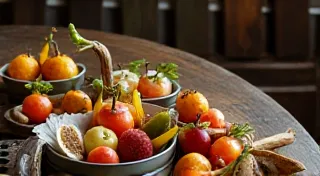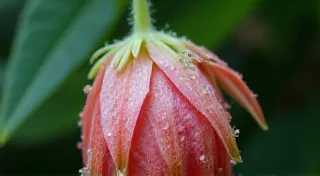The Fruit’s Echo: Stories & Folklore from Around the World
There's a certain magic that permeates the act of growing fruit. It’s not just about the tangible reward – the sweetness on your tongue, the vibrant colors, the simple joy of a homegrown snack. It’s about connecting with centuries of tradition, of understanding that each bite carries within it a narrative, a whispered legend passed down through generations. Fruit, it turns out, isn’t just food; it’s a vessel for stories, a keeper of cultural memory. And sometimes, if you listen closely enough, you can hear its echo.
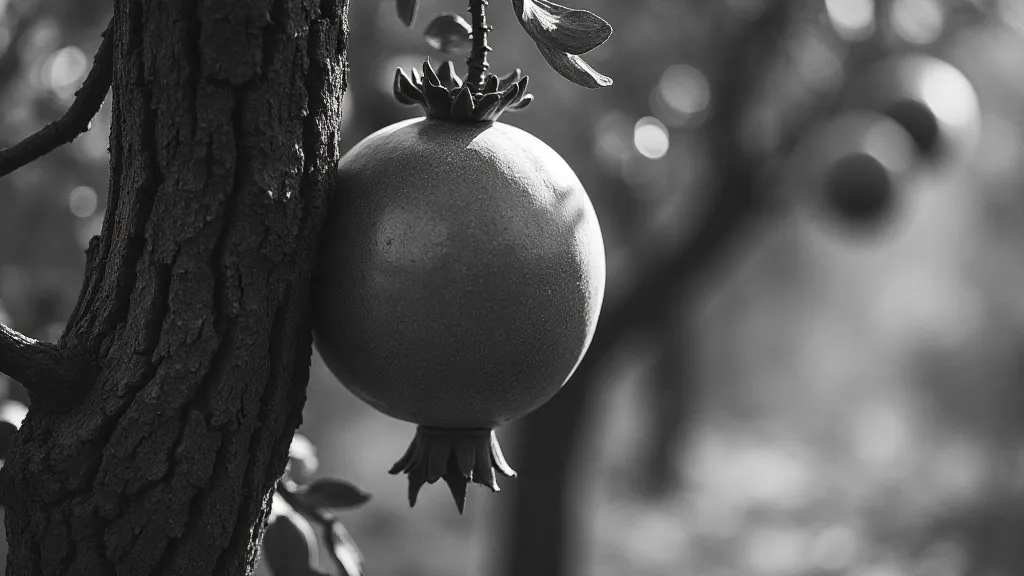
The Pomegranate: Persephone’s Dilemma
Consider the pomegranate. Its crimson seeds, bursting with juice, evoke a sense of abundance and mystery. For the ancient Greeks, it was intrinsically linked to the myth of Persephone and Hades. Persephone, the daughter of Demeter (goddess of agriculture), was abducted by Hades to be his queen in the underworld. Demeter, in her grief, caused the earth to become barren. Zeus intervened, decreeing that Persephone would spend a portion of each year in the underworld, returning to her mother in the spring. The pomegranate, eaten by Persephone during her stay, bound her to the underworld. Each seed represents a day she remains, eternally connected to the realm of the dead. It’s a powerful story about loss, obligation, and the cyclical nature of life and death. In some cultures, the pomegranate symbolizes fertility and prosperity, a wish for plentiful offspring, a direct consequence of the myth’s underlying theme.
The Mango: A Symbol of Love and Prosperity in India
Moving east, we find the mango in India, where it is revered almost as a deity. Known as the “Fruit of the Gods,” it’s a central figure in Hindu mythology and folklore. The mango’s golden hue is associated with Lakshmi, the goddess of wealth and prosperity, and its sweetness represents divine nectar. Marriages in India often incorporate mango leaves and fruit, symbolizing fertility and a long, happy union. There are countless stories about the mango's origins – one tells of a celestial nymph who, overcome with shyness, transformed herself into a mango tree to avoid the advances of a sage. The fruit is more than just sustenance; it’s a tangible expression of hope, love, and divine blessing.
The Durian: Love It or Loathe It - A Malaysian Enigma
Then there's the durian, Southeast Asia’s notoriously fragrant fruit. Its odor, often described as a combination of gym socks, onions, and custard, is so potent that it’s banned from many hotels and public transportation systems. Yet, despite (or perhaps because of) its pungent aroma, the durian is deeply loved. In Malaysia, it's often referred to as the "King of Fruits." Stories abound about its mythical origins. One popular legend tells of a prince who, after eating a durian, felt so full and satisfied that he declared he needed no further food or drink. The strong smell is often attributed to the spirit of the fruit, warding off evil spirits. The durian represents indulgence, luxury, and a willingness to embrace the unusual – a reflection of the rich cultural heritage of the region.
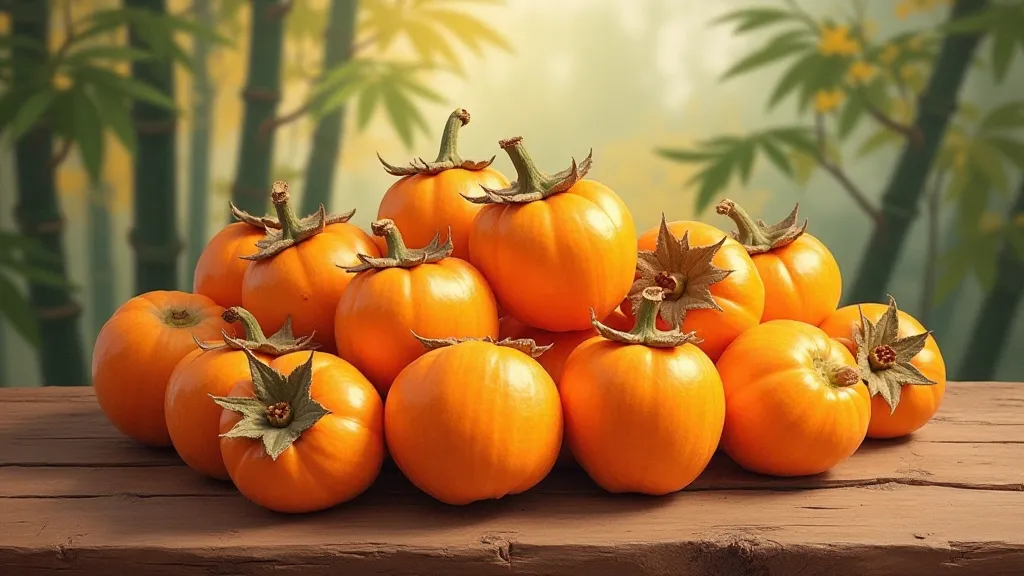
The Persimmon: Autumn’s Bounty and Japanese Folklore
In Japan, the persimmon (kaki) holds a special place. Before refrigeration, dried persimmons were a crucial source of nutrition during the harsh winters. Beyond its practical importance, the persimmon is steeped in folklore. It’s often depicted in traditional Japanese art, symbolizing prosperity and good fortune. One tale tells of a farmer who, faced with poverty, prayed for help. A divine persimmon tree miraculously appeared, providing him with a bountiful harvest and saving his family from starvation. The tree represents hope, resilience, and the power of divine intervention. The act of sharing persimmons is seen as a gesture of goodwill and strengthens community bonds.
The Feijoa: A Newcomer with a Gentle History
Let’s consider a fruit that's gaining popularity in the West: the feijoa, also known as pineapple guava. While its history is comparatively recent in European and North American landscapes, it holds a significant place in South American cultures, particularly in Brazil and Chile. Indigenous communities have long recognized its nutritional value and medicinal properties. Stories often revolve around its resilience, its ability to thrive in challenging conditions, mirroring the spirit of the people who cultivate it. The fruit’s unique flavor—a blend of pineapple, guava, and mint—seems to embody a sense of unexpected delight, a reminder to appreciate the subtle pleasures in life.
The Banana: A Global Symbol of Connection
Finally, the humble banana. This global fruit, cultivated in countless tropical regions, carries a wealth of stories and traditions. In some African cultures, the banana is associated with fertility and abundance. In parts of South America, banana leaves are used in ceremonial dances and rituals. The banana’s journey from its origins in Southeast Asia to its current status as a staple food worldwide reflects the interconnectedness of cultures and the power of trade and exchange. The simple act of peeling a banana can evoke memories of childhood, of sunny days and tropical landscapes, linking us to a shared human experience.
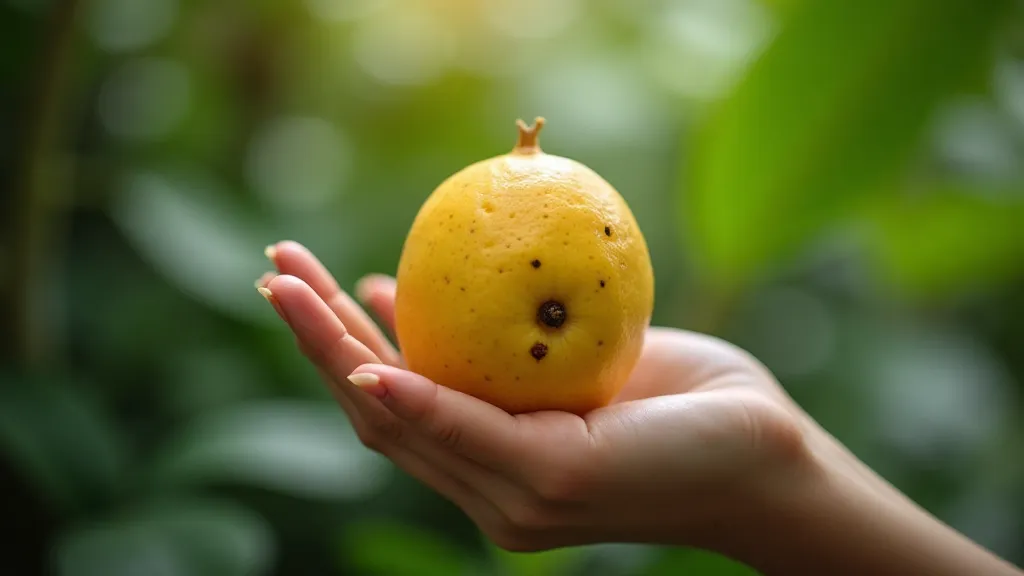
Listening for the Echo
The stories woven around these fruits aren’t merely quaint anecdotes; they’re a vital part of our collective heritage. They speak of our connection to the land, to our ancestors, and to each other. As we cultivate our own backyard orchards, filling them with these unusual and captivating varieties, let us remember the echoes of these stories – the myths, the legends, the traditions – that accompany each bite. By understanding the cultural significance of the fruits we grow, we’re not just cultivating delicious harvests; we’re nurturing a deeper appreciation for the richness and diversity of human experience.
There’s a profound satisfaction in growing something truly special, something that connects you to a history far greater than yourself. Listen closely when you bite into that pomegranate, that mango, that durian, that persimmon, that feijoa, that banana, that cherimoya. You might just hear the fruit’s echo – a whisper from the past, a celebration of the present, and a promise for the future.




